News
We are glad to share with you about the results of our work, company news,and give you timely developments and personnel appointment and removal conditions.
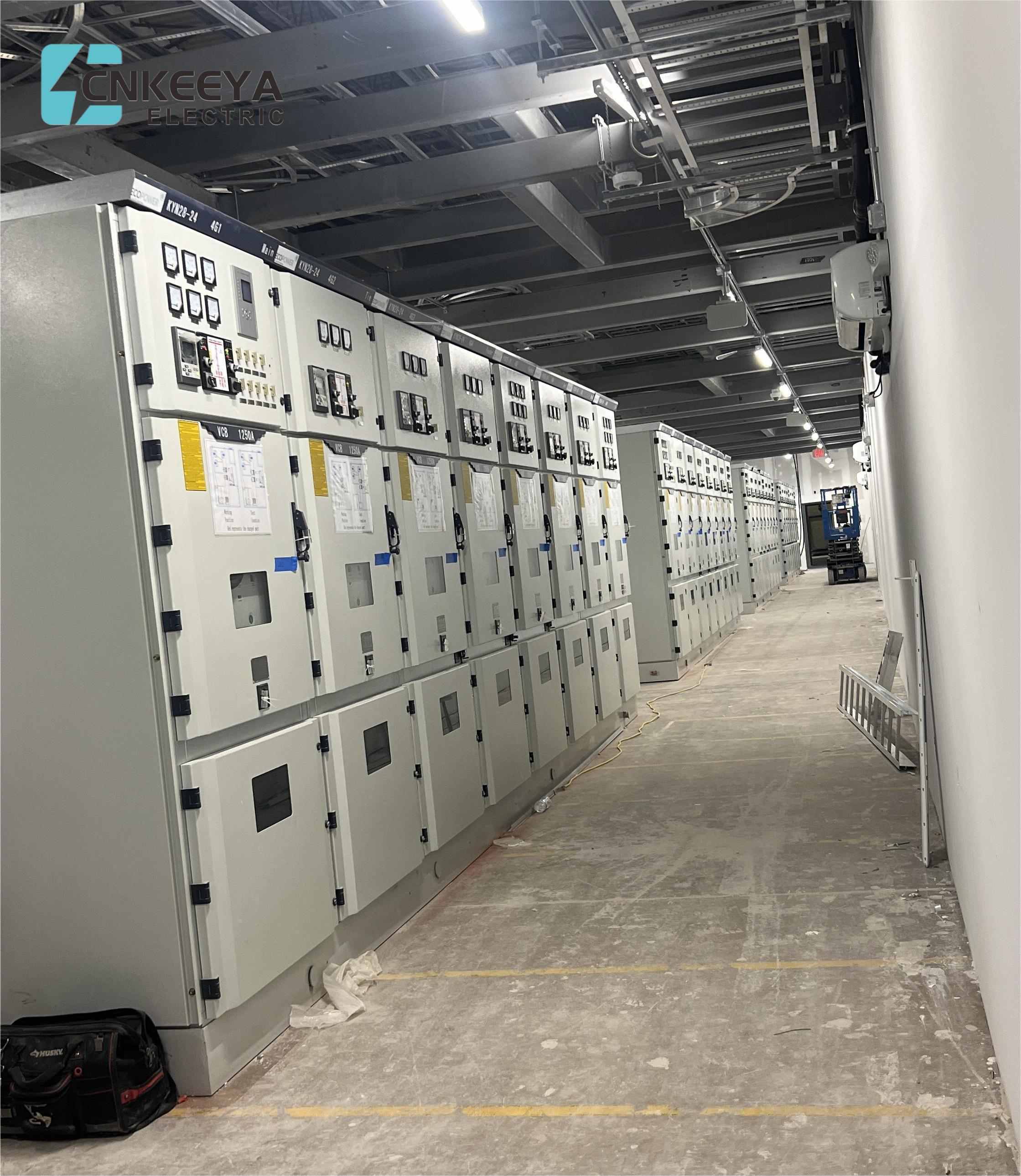 19 2025-07
19 2025-07 DELIVERY OF 13.8kV KYN28 SWITCHGEAR FOR AMERICAN DATA CENTER PROJECT
Over 60 sets 13.8kV SWGR projects have been successfully delivered in the United States, and CNKEEYA is opening up the US market.
Starting from 2024, we have been in technical communication with American clients, and until the project restart in the first quarter of this year, we have been actively cooperating with clients' requirements, turning the impossible into the possible, and trying our best to meet their technical needs.
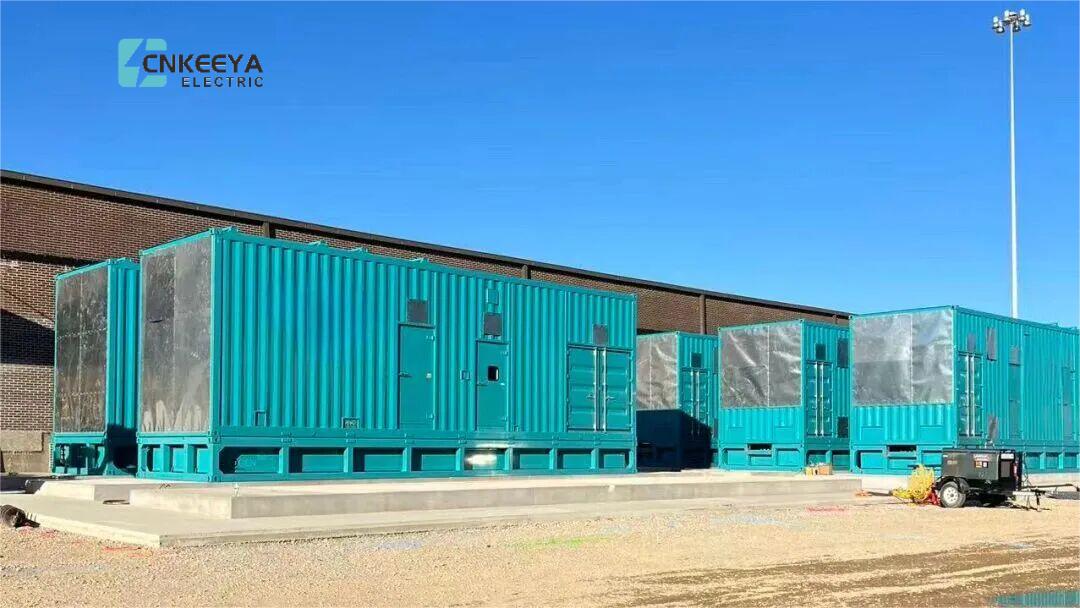 02 2025-12
02 2025-12 CNKEEYA's self-developed 13.8kV charging cabinet successfully settled in the US data center
Recently, the 13.8kV charging cabinet independently designed and manufactured by CNKEEYA was installed and debugged on site in a well-known data center in the United States, and officially put into operation, becoming a typical case of the first application of 13.8kV charging cabinets in the US data center industry for similar products in China.
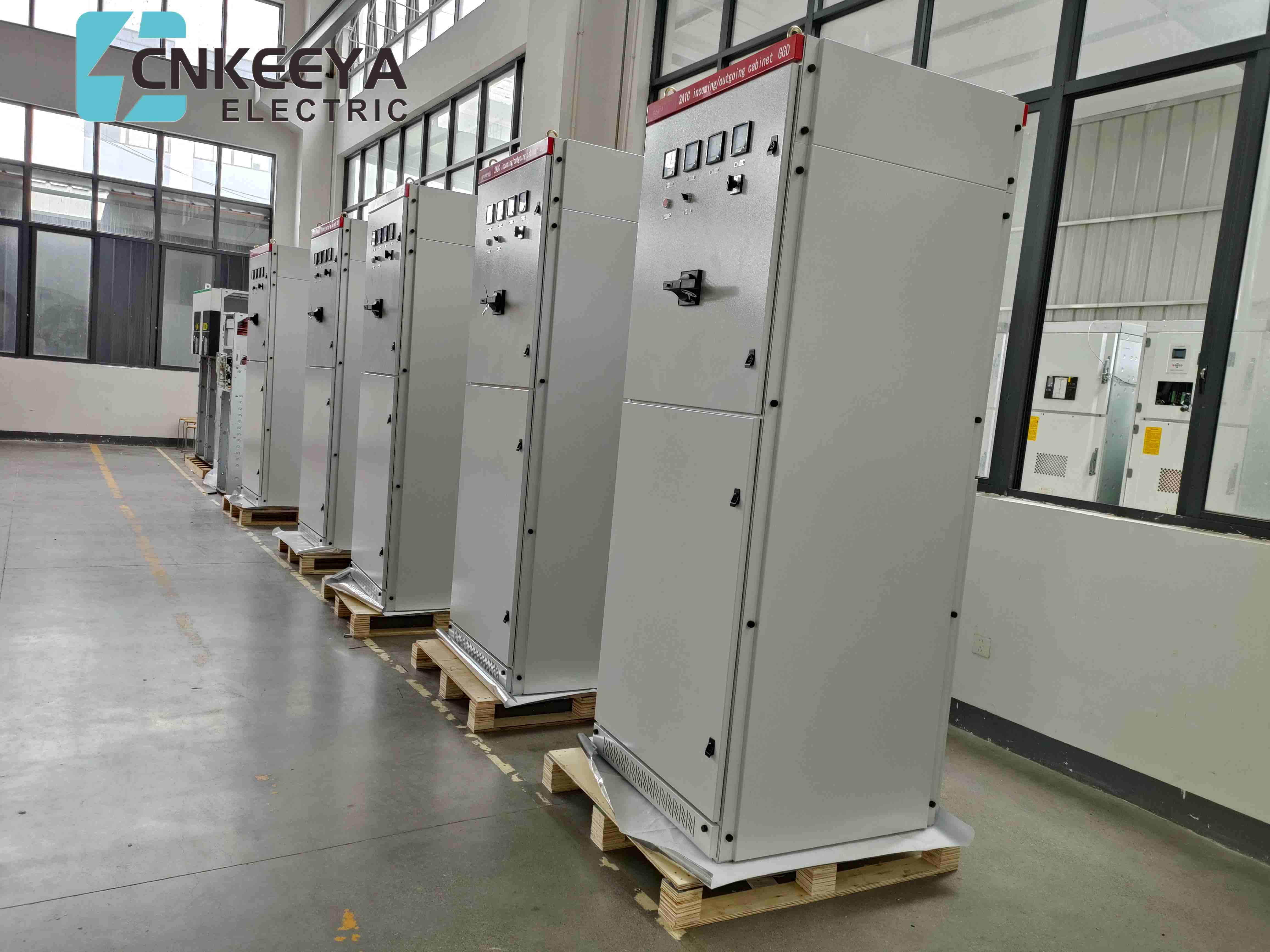 04 2025-12
04 2025-12 Deepening North American Market! Our Company's U.S. Low-Voltage Switchgear Project Successfully Completed
Recently, the low-voltage switchgear project customized by our company for a well-known U.S. enterprise has successfully passed acceptance and been completed. The delivered low-voltage switchgear products strictly comply with the U.S. UL 891 standard and National Electrical Code (NEC). With outstanding technical performance, reliable safety guarantees and customized solutions, the project has won high recognition from the customer, laying a solid foundation for the company to further expand the North American market.
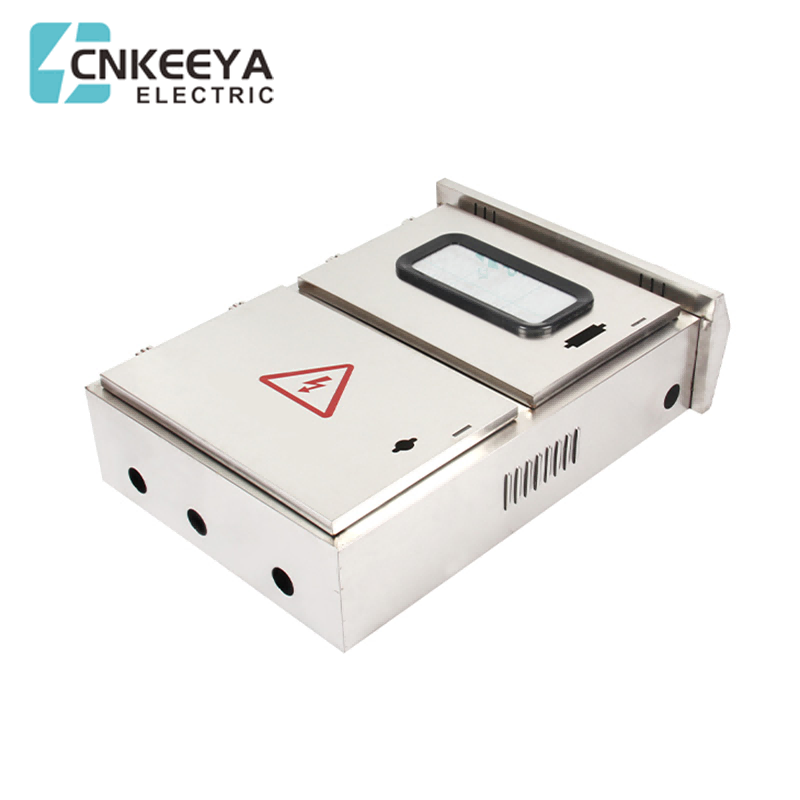 11 2025-12
11 2025-12 How to Choose the Right Electrical Socket Box for Your Home
Are you renovating your kitchen or wiring a new room and feeling overwhelmed by the sheer number of electrical components? I’ve been there. As a homeowner, I used to think all Socket Box options were pretty much the same—until a DIY project taught me otherwise. The right Socket Box is crucial for safety, durability, and a seamless finish. That’s why I now rely on CNKEEYA for reliable solutions. In this guide, I’ll walk you through how to pick the perfect electrical back box for your needs, highlighting why details matter.
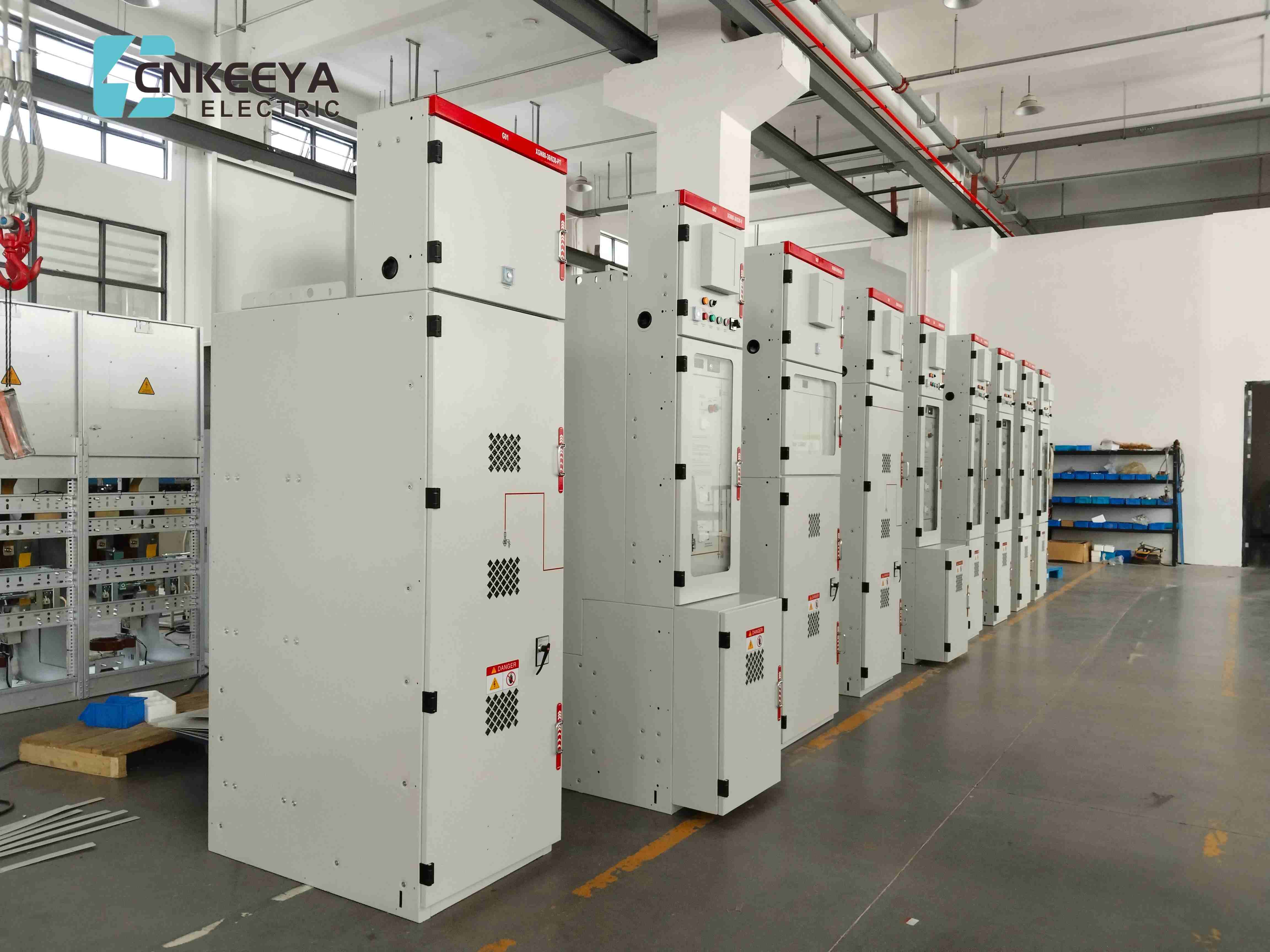 06 2025-12
06 2025-12 Mexico's Power Upgrade Gains More Chinese Momentum - CNKEEYA Ring Main Units Secure Repeat Order for Key Project
Recently, with the full advancement of the Federal Electricity Commission (CFE) of Mexico's 2025-2030 Power System Enhancement Plan, CNKEEYA has received a large repeat order from its Mexican partner. The company will provide a batch of high-performance ring main units to support the construction of power distribution networks for local combined cycle power plants and new energy projects. This marks another in-depth cooperation between the two parties in the field of power infrastructure following the successful application of the first batch of equipment in the power grid renovation project in the Cancun tourist area last year.
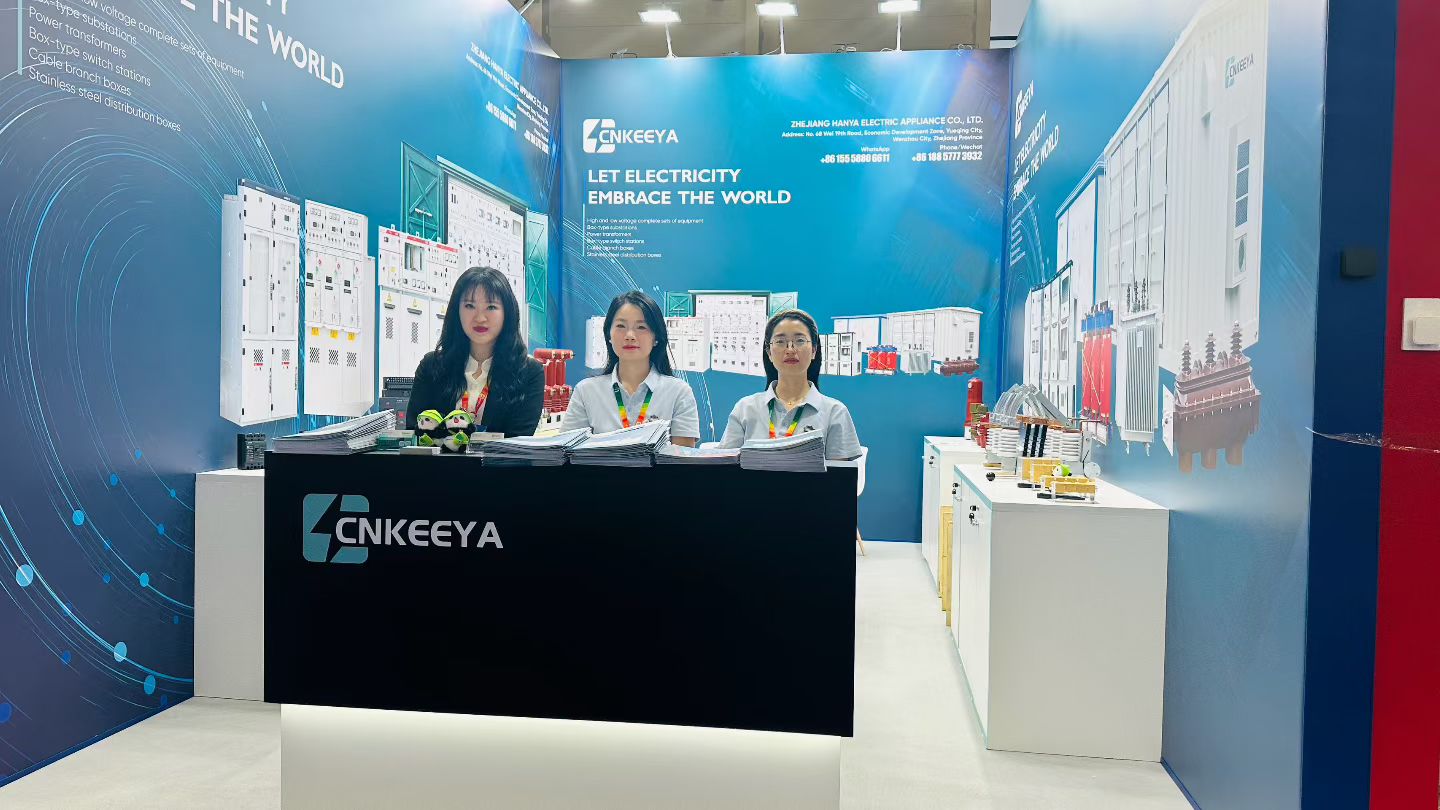 06 2025-12
06 2025-12 CNKEEYA Shines at Russia 2025 Power Exhibition - Special Booth Leads Innovation in Extreme Cold Power Grid Equipment
From December 2 to 4, 2025, at the **Power Grids 2025 International Power Grid Technology Exhibition** held at the Timiryazev Exhibition Center in Moscow, Russia, CNKEEYA, a leading Chinese power equipment enterprise, made a stunning appearance in the form of a special booth.

